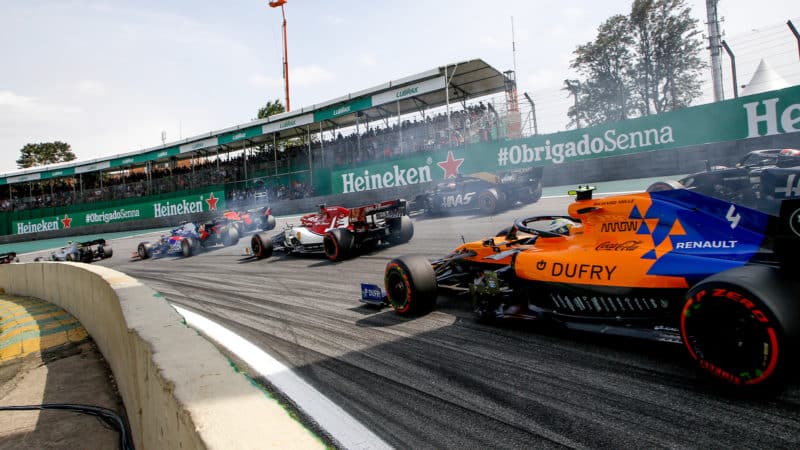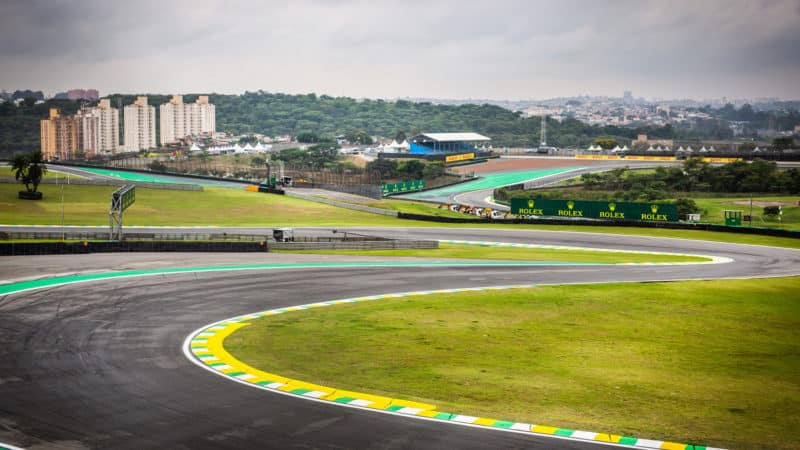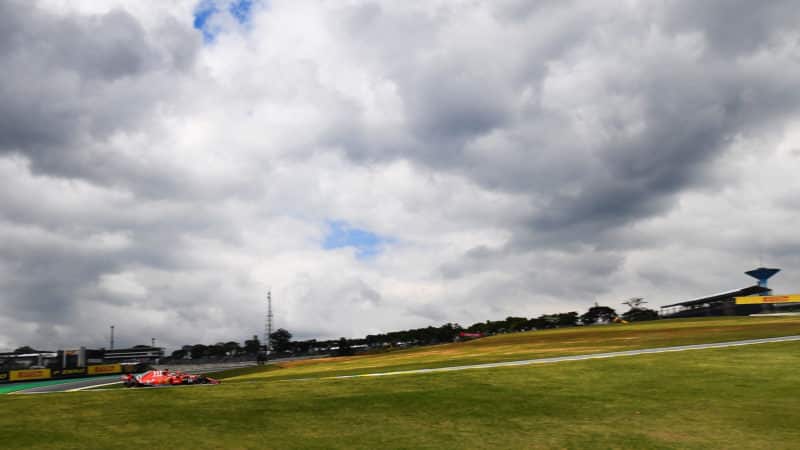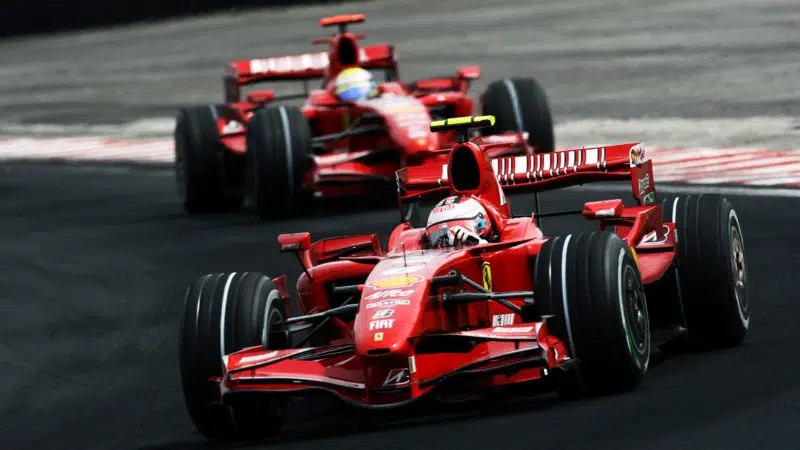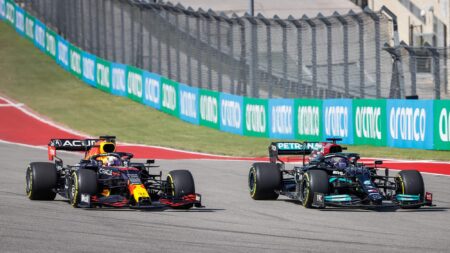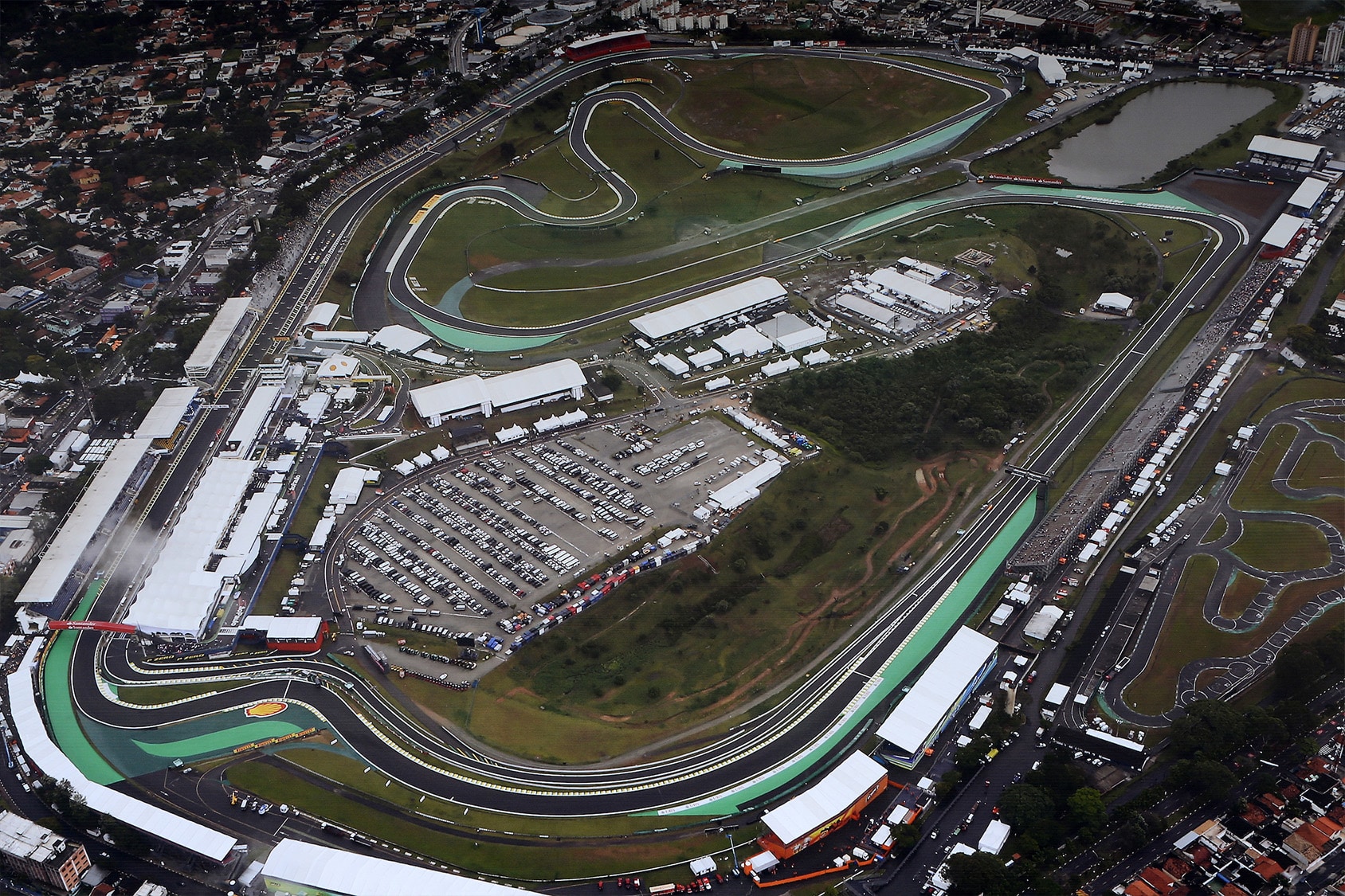McLaren’s final humiliation that year was the title celebration party the team organised at its hotel, such was its pre-race confidence – and which still went ahead, despite the desperate disappointment everyone had been thrown into, as former chief operating officer and newly recruited Aston Martin team principal Martin Whitmarsh recalled.
“In 2007 we all went to Brazil confident of winning the world championship, it was just a question of which driver,” he said. “We didn’t believe we could screw it up… We had the celebratory party which we’d organised, and we all went – apart from Fernando.” Alonso was gone, all too obviously for good (ha!), his reputation sullied by the heavy cloud of his murky role in ‘Spygate’.
“It was a bizarre party, I was so proud of the team,” said Whitmarsh. “There’d been a fuel irregularity for Sauber-BMW which would ordinarily have caused a technical disqualification, and had it done so we’d have won the championship. So I remember after the race I was stuck in my hotel room for two or three hours remonstrating with the stewards. Not how we wanted to win a championship, but you can lose like that on a technicality, so why not? Anyway, it wasn’t going to happen” – although McLaren’s appeal wasn’t thrown out until nearly a month later. “Then at about midnight I remembered the party. I didn’t want to go, I was knackered and we’d just lost. But I felt I ought to go and put my head up. If there was no one there I’d come back and go to bed, but everyone, again apart from Fernando, was there. We had a huge party, but what a weird experience.”
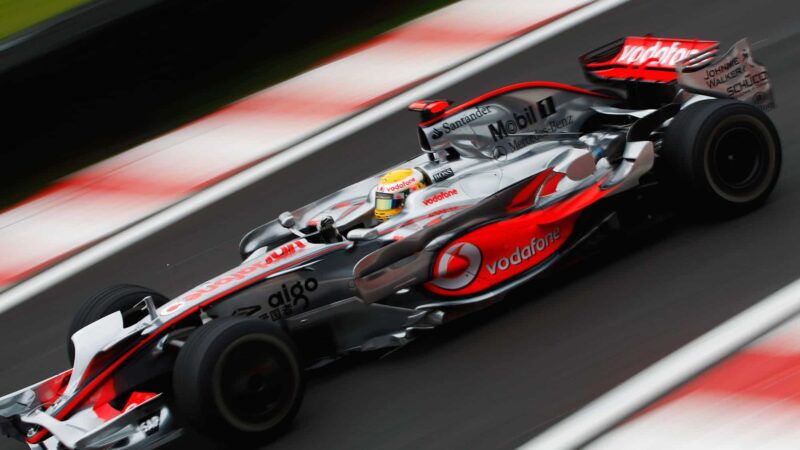
Infamous pass on Glock at the final corner earned Hamilton the 2008 championship at Interlagos
Getty Images
Fast-forward 12 months and the story was somewhat different, after Hamilton passed Timo Glock’s Toyota at Juncao – and broke the hearts of Massa, his family, everyone at Ferrari, everyone in Italy and the delirious Brazilian crowds in the Interlagos grandstands.
“In your rookie year in every championship there are no expectations, and the pressure was on Fernando in 2007,” said Whitmarsh. “We had a good car and we should have won. Fernando had the experience and the pedigree, but he got rattled by a variety of things, including Lewis, and all those things conspired for him to fail. But because no one expected Lewis to go up against and beat Fernando in his first year, he had no pressure.” That was not the case in 2008. This time there were no rookie excuses to fall back on.
“Lewis went out on the Saturday night to a sponsor function and someone threw a toy black cat on to the stage to give him bad luck, and that really affected him,” Whitmarsh recalled. “We all had that tension that we can’t f*** this up a second year. The pressure that mounted over the preceding two years was extraordinary. And to deliver, and deliver in the way that he did on the last lap, is something we’ll always remember.”
Could such a finale have played out at Abu Dhabi? Again, I can guess your answer.
“Interlagos is a bit tatty around the edges, which is often the case for circuits that don’t have much to sustain them,” says Bowen. “Their budget for its upkeep is entirely driven by the two or three major events they host in a year, and the rest of the time it’s quiet at the circuit. It’s hard to make a commercial case for a facility like that. But thank goodness it exists and thank goodness it has had adequate investment to keep it on the calendar. It will be a tragedy when it does eventually fall off.”
Interesting he uses the word “when”, isn’t it? Let’s enjoy it while we can.
